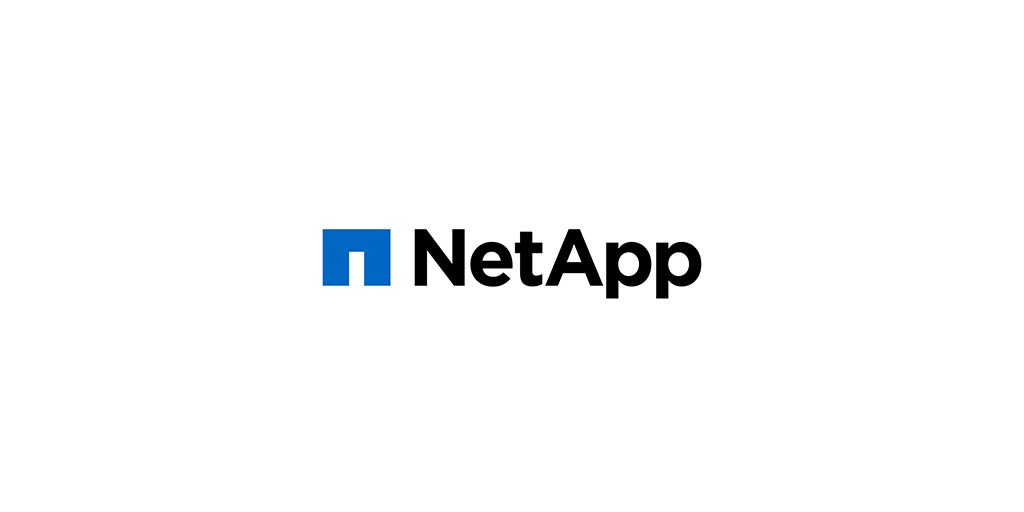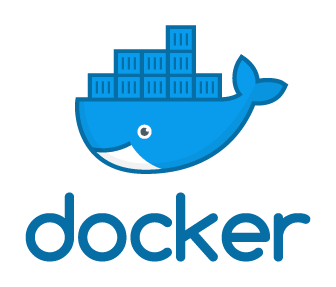Google Drops Plans to Build Cloud-Computing Service for China

China has been facing a lot of criticism in recent months for its handling of the COVID-19 pandemic. Several countries have openly called out the country for its relaxed stand, which led to the pandemic’s spread around the world. Certain countries are also now working on moving their manufacturing out of China. India too has decided to ban several Chinese apps due to border skirmishes between the two near the Nepal border. However, the most recent tech company to pull out of a Chinese partnership is none other than Google. Here’s a look at why the tech giant has abandoned plans to launch a cloud-computing platform for China.
Also Read: SnapLogic : One of the “Coolest” Cloud Platform Companies
Google Pulls Out
As per a report by Bloomberg, this will be the second project that Google scrapped with ties to China. In 2018, Google announced plans to build a search product name Dragonfly for China. However, amidst wide-spread criticism, the company dropped the high-profile project in December 2018. The new project, which goes by the codename Isolated Region, was to help countries with strict data laws, host cloud-computing services. The application would help such countries control the data flow within their borders. Therefore, the project was not a part of Google’s central cloud infrastructure but a different network. The plan was to help China oversee the flow of data across its borders while maintaining absolute privacy.
Second Time Unlucky
The product was Google’s second attempt at establishing a high-profile partnership with China. Sources are unsure of whether the completed project would have served as a replacement to G Suite. However, rumors regarding such a product first came out in 2018. As per Bloomberg, conversations began as China needed a cloud service that would help them maintain and ensure privacy standards for the flow of data within and outside the country. When tensions between the US and China rose in January 2019, the company momentarily paused the project’s development. Existing privacy concerns and Trump’s trade war plans with China halted the project for a few months, and Google moved its focus to Africa, the Middle East, and Europe.
Pulling the Plug
After the brief halt, Google pulled the plug on the project in May of this year. The reason for the same was partly due to the worsening of ties between the US and China, among other things. As per the company’s statement, the decision came as a result of input from stakeholders in Europe, and from around the world. Google also said that Isolated Region was one of the approaches they took to addressing the world’s cloud technology needs. Talks with other countries proved to them that their paths would be better-suited, leading to the scrapping of the initial plan. The company also stated that they do not offer cloud services within China, and had no plans to offer them in the near future.
Project Isolated Region
Project Isolated Region was not just to help countries with censoring laws, but to serve ones with strict privacy laws. Google also seems to have eyes on the European Union, which is known for its strong privacy policies. By providing insight over the flow and storage of data to government authorities, Google plans on establishing a service in an EU nation. The project would help solve issues regarding the 2018 American law, Lawful Overseas Use of Data Act. This law makes it harder for companies to deny government data reports when storing large volumes of data offshore. Since the cloud-computing project involved hundreds of employees from around the world, the plan to scrap it is a major shift in policy.

Being a cinephile with a love for all things outdoorsy, Athulya never misses a chance to chase inspiring stories or poke fun at things, even when the subject is herself. Currently pursuing a degree in mechanical engineering, she is someone innately interested in technical and scientific research. Music reviews and op-eds define her as they allow her to explore different perspectives. Though sometimes she thinks she makes more sense playing the guitar than she does while writing.










